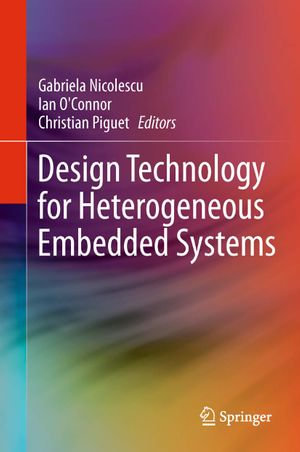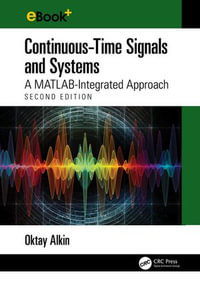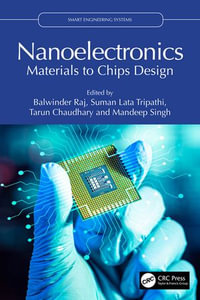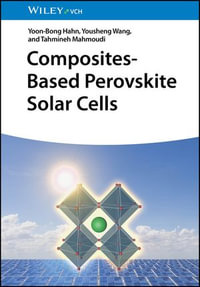
eTEXT
Design Technology for Heterogeneous Embedded Systems
eText | 2 February 2012
At a Glance
eText
$209.00
or
Instant online reading in your Booktopia eTextbook Library *
Read online on
Desktop
Tablet
Mobile
Not downloadable to your eReader or an app
Why choose an eTextbook?
Instant Access *
Purchase and read your book immediately
Read Aloud
Listen and follow along as Bookshelf reads to you
Study Tools
Built-in study tools like highlights and more
* eTextbooks are not downloadable to your eReader or an app and can be accessed via web browsers only. You must be connected to the internet and have no technical issues with your device or browser that could prevent the eTextbook from operating.
ISBN: 9789400711259
ISBN-10: 9400711255
Published: 2nd February 2012
Format: PDF
Language: English
Audience: General Adult
Publisher: Springer Nature
Country of Publication: US
You Can Find This eBook In
This product is categorised by
- Non-FictionComputing & I.T.Computer ScienceComputer Architecture & Logic DesignParallel Processing
- Non-FictionComputing & I.T.Computer ScienceSystems Analysis & Design
- Non-FictionEngineering & TechnologyElectronics & Communications EngineeringElectronics EngineeringCircuits & Components
- Non-FictionEngineering & TechnologyTechnology in GeneralEngineering in General























